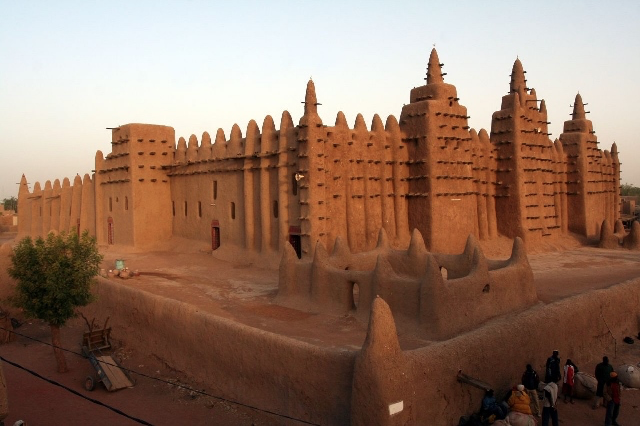Mali Country Profile – Economy

From Cia Factbook (Page last updated on October 13, 2020)
Economy – overview:
Among the 25 poorest countries in the world, landlocked Mali depends on gold mining and agricultural exports for revenue. The country’s fiscal status fluctuates with gold and agricultural commodity prices and the harvest; cotton and gold exports make up around 80% of export earnings. Mali remains dependent on foreign aid.
Economic activity is largely confined to the riverine area irrigated by the Niger River; about 65% of Mali’s land area is desert or semi desert. About 10% of the population is nomadic and about 80% of the labor force is engaged in farming and fishing. Industrial activity is concentrated on processing farm commodities. The government subsidizes the production of cereals to decrease the country’s dependence on imported foodstuffs and to reduce its vulnerability to food price shocks.
Mali is developing its iron ore extraction industry to diversify foreign exchange earnings away from gold, but the pace will depend on global price trends. Although the political coup in 2012 slowed Mali’s growth, the economy has since bounced back, with GDP growth above 5% in 2014-17, although physical insecurity, high population growth, corruption, weak infrastructure, and low levels of human capital continue to constrain economic development. Higher rainfall helped to boost cotton output in 2017, and the country’s 2017 budget increased spending more than 10%, much of which was devoted to infrastructure and agriculture. Corruption and political turmoil are strong downside risks in 2018 and beyond.
GDP (official exchange rate): $15.37 billion (2017 est.)
GDP – per capita (PPP):
$2,200 (2017 est.)
$2,100 (2016 est.)
$2,100 (2015 est.)
note: data are in 2017 dollars
Population below poverty line: 36.1% (2005 est.)
Agriculture – products: cotton, millet, rice, corn, vegetables, peanuts; cattle, sheep, goats
Industries: food processing; construction; phosphate and gold mining
https://www.cia.gov/library/publications/the-world-factbook/geos/ml.html
Other sources about Mali Economy
2019 Investment Climate Statements: Mali by US Department of State – Economic growth, Foreign Direct Investment, Financial sector, Corruption

These products are the results of academic research and intended for general information and awareness only. They include the best information publicly available at the time of publication. Routine efforts are made to update the materials; however, readers are encouraged to check the specific mission sites at https://minusma.unmissions.org/en or https://peacekeeping.un.org/en/mission/minusma.
Index
Executive Summary / Current Political and Security Dynamics / Recent Situation Updates
Country Profile of Mali
Government/Politics / Geography / Military / Economy / Social / Information / Infrastructure
United Nations Multidimensional Integrated Stabilization Mission in Mali (MINUSMA)
Senior Leaders of Mission / Mandate / Strength / Deployment of Forces / Casualties / Mission’s Military and Police Activities / Security Council Reporting and mandate cycles / Background of Conflict / Actors of Conflict / Timeline


